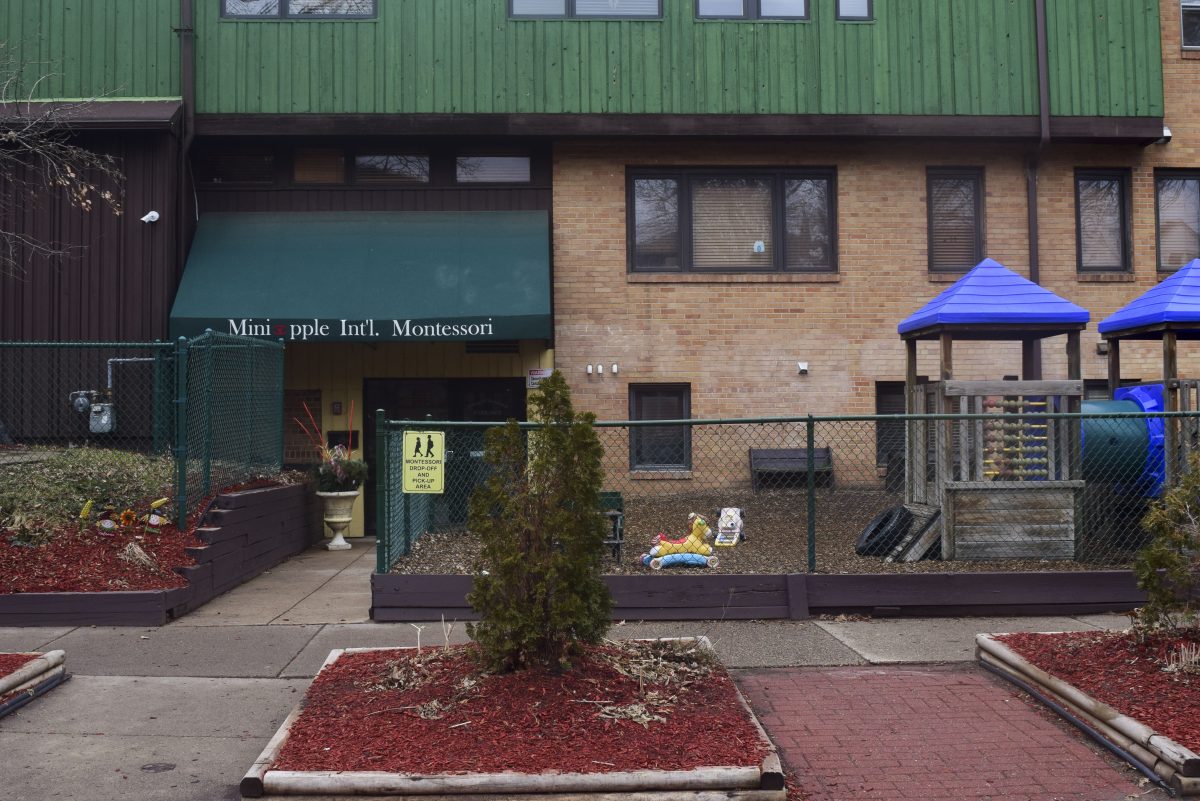The financial relationship between Minneapolis officials and neighborhood organizations has historically been one-sided — the city funds the groups based on neighborhoods’ needs rather than what officials prioritize.
But starting this summer, neighborhood associations will have to focus on what’s best for the city when they apply for a new grant program called the Community Innovation Fund.
The city began accepting applications last week for grants from the fund, which will provide a total of $300,000 to associations for projects that work toward at least one of five goals the city has set for them, including reducing racial inequalities in various areas and improving transportation.
Few organizations in the University of Minnesota’s area have decided how much they’ll ask for, if any amount at all, but they have until June 3 to apply for up to $30,000 from the pool.
Minneapolis’ Community Engagement Manager Howard Blin said funding is running out from the Neighborhood Revitalization Program, which generally provides heavy financial support to neighborhood groups, prompting city officials to come up with the new grant program.
The money in the city’s revitalization program was allocated based on a neighborhood’s housing conditions, crime rates and population in the past, Blin said.
Now, the city will distribute funds based on things like whether neighborhood projects can replicate on a larger scale and groups’ ability to fulfill city officials’ goals.
“It’s really intended to spur on local solutions to citywide programs,” Blin said.
Ward 2 City Councilman Cam Gordon, who represents the University and surrounding area, said many neighborhood associations asked that small amounts of funding be made available to many groups, instead of a few large pool of funding for a smaller selection of neighborhoods.
Executive Director of the Southeast Como Improvement Association Ricardo McCurley said board members are planning to apply for funding to create more paid internships for University students and add staff members to promote similar internship programs to other neighborhood organizations.
“We’ve had a hard time reaching out and getting diversity on the board, even though we are a pretty diverse neighborhood,” McCurley said. “This is a way to bring a younger perspective into the neighborhood system.”
McCurley said it can be hard for neighborhood associations to get grants from anyone other than city officials.
“The question we always get is, ‘Well, what do you do? What are you?’” McCurley said. “[The city] understands neighborhood organizations. They understand their potential and can give funds accordingly.”
Blin said he’s heard other ideas for using new funding, like creation of a storm water program for rain gardens and plans to develop the city’s upper riverfront area.
Projects like these aren’t likely to be funded without the CIF grant.





















![Gwyn, Macy, Daniel, and Nora [pictured left to right] brave the sub-zero windchill on an icy afternoon to skate together in Van Cleve park. The park, located just north of Dinkytown in Como, becomes a popular winter activity hub for students and nearby residents each year when the park’s fields are frozen to create a public ice skating rink.](https://mndaily.com/wp-content/uploads/2024/01/FzDx2ZjdXLtO33r1j1atrf7jrtQtocs9vnp8k2AT-2-1200x801.jpeg)
